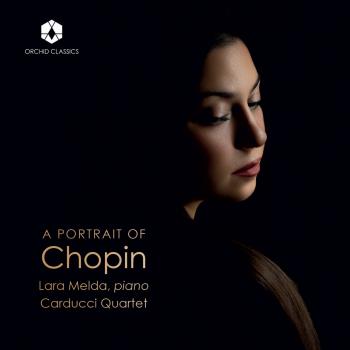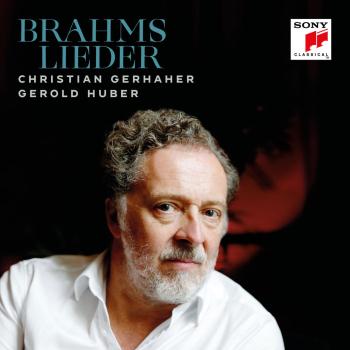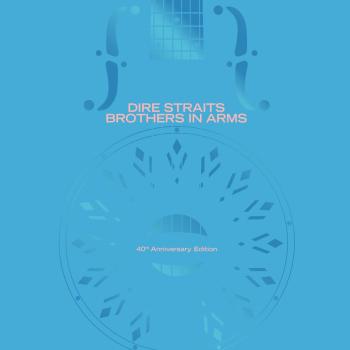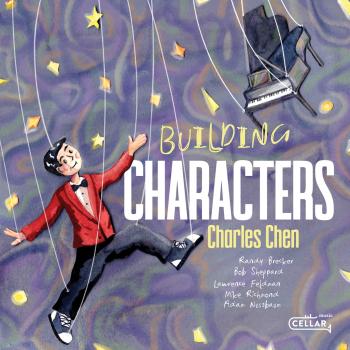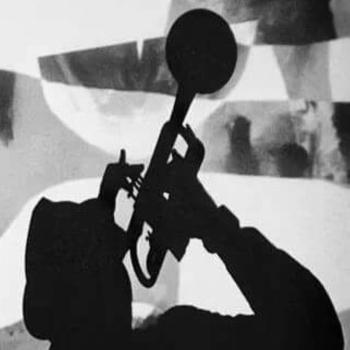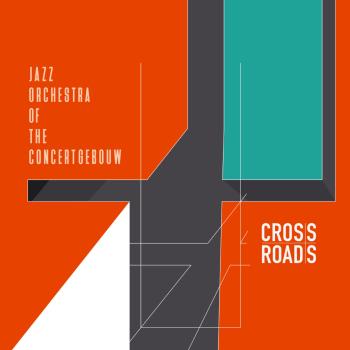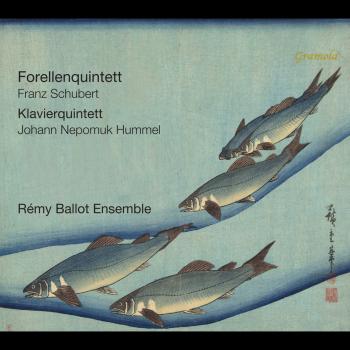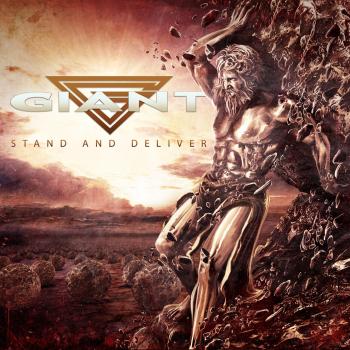
Mozart: Piano Concertos Nos. 1-4 Pasticcio Concertos Ronald Brautigam
Album info
Album-Release:
2016
HRA-Release:
30.08.2016
Label: BIS
Genre: Classical
Subgenre: Concertos
Artist: Ronald Brautigam, Die Kölner Akademie & Michael Alexander Willens
Composer: Wolfgang Amadeus Mozart (1756-1791)
Album including Album cover Booklet (PDF)
- 1 I. Allegro maestoso 04:58
- 2 II. Andante 03:36
- 3 III. Presto 04:17
- 4 I. Allegro 04:50
- 5 II. Andante 04:32
- 6 III. Allegro 06:24
- 7 I. Allegro spiritoso 04:53
- 8 II. Andante 07:40
- 9 III. Molto allegro 03:48
- 10 I. Allegro 05:05
- 11 II. Andante 03:05
- 12 III. Molto allegro 03:52
Info for Mozart: Piano Concertos Nos. 1-4 Pasticcio Concertos
The four so-called ‘pasticcio’ concertos on this album precede any of Mozart’s original piano concertos (the earliest of which is that in D major, K175, completed in December 1773). They are each transcriptions of ‘accompanied sonatas’ for keyboard and violin by composers whose works he had first encountered as a child during an extended European tour (1763–66): Johann Schobert (c. 1740 –1809), Leontzi Honauer (1737– c. 1790), Johann Gottfried Eckard (1735–1809) and Hermann Friedrich Raupach (1728–78). Perhaps the exercise was suggested to Mozart by his father as part of the gradual process of his musical instruction, building on earlier experiences of composing in relatively large-scale forms such as the sonata (some of which had already been published) and symphony. Although the material is not wholly Mozart’s, the composition of concerted movements out of pre-existing sonatas demonstrates even at this early stage (1767) a sure grasp of the contrasting functions of different themes, modulating passages, cadential closure, types of texture and, especially, the power of dialogue in creating a musical narrative.
It was not until the early 20th century that these concertos were recognized as transcriptions of other composers’ work. All of the pioneers of Mozart research (Jahn, Köchel and André) assumed these pieces were evidence of the young com- poser’s brilliance in the concerto genre; K 37, 39, 40 and 41 were included within the old Breitkopf & Härtel Mozart Gesamtausgabe in 1877 as original works. It was only some thirty years later, when two French musicologists, Théodore de Wyzewa and George de Saint-Foix, began work on a comprehensive survey of Mozart’s life and work (published in five volumes between 1912 and 1946) that doubts began to surface. In 1909 Wyzewa and Saint-Foix revealed that the second movement of K39 was based on the first movement of Schobert’s sonata Op.17 No. 2, leading to further exploration of these concertos as being possibly arrangements, rather than original compositions. Such suspicions were soon confirmed, and the two French authors were able to announce that they had uncovered the source of five more movements among the sonatas of Honauer and Eckard. Raupach was found to be the composer of four further movements. In the third edition of the Köchel Catalogue (1937) a further movement was discovered to be the work of C. P. E. Bach; only in 2000 was the one remaining piece of the jigsaw put into place by Gregory Butler: the Andante of K 37 was shown to be the joint work of Mozart and his father (and actually the earliest extant concerto movement at least partly composed by Mozart).
Ronald Brautigam, fortepiano
Die Kölner Akademie
Michael Alexander Willens, conductor
Ronald Brautigam
one of Holland’s leading musicians, is remarkable not only for his virtuosity and musicality but also for the eclectic nature of his musical interests. He studied in Amsterdam, London and with Rudolf Serkin in the USA. In 1984 he was awarded the Nederlandse Muziekprijs, the highest Dutch musical award. Ronald Brautigam performs regularly with leading European orchestras under distinguished conductors such as Riccardo Chailly, Charles Dutoit, Bernard Haitink, Frans Brüggen, Philippe Herreweghe, Christopher Hogwood, Andrew Parrott, Bruno Weil, Iván Fischer and Edo de Waart. In the field of chamber music he has maintained a musical partnership with the violinist Isabelle van Keulen for more than 20 years. Besides his performances on modern instruments Ronald Brautigam has developed a great passion for the fortepiano, appearing with leading orchestras such as the Orchestra of the Eighteenth Century, Tafelmusik, the Orchestra of the Age of Enlightenment, the Hanover Band, Freiburger Barockorchester, Concerto Copen- hagen and l’Orchestre des Champs-Elysées.
In 1995 Ronald Brautigam began his association with BIS. Among the more than 55 titles released so far are Mendelssohn’s piano concertos (with the Amsterdam Sinfonietta) and, on the fortepiano, the complete piano works of Mozart and Haydn. Also on the fortepiano, his ongoing series of Beethoven’s solo piano music has been described in the American magazine Fanfare as ‘a Beethoven piano-sonata cycle that challenges the very notion of playing this music on modern instruments, a stylistic paradigm shift.’ A cycle of Beethoven’s piano concertos, on modern piano, has likewise been warmly received, with instalments receiving various distinctions, including a MIDEM Classical Award in 2010.
Booklet for Mozart: Piano Concertos Nos. 1-4 Pasticcio Concertos

